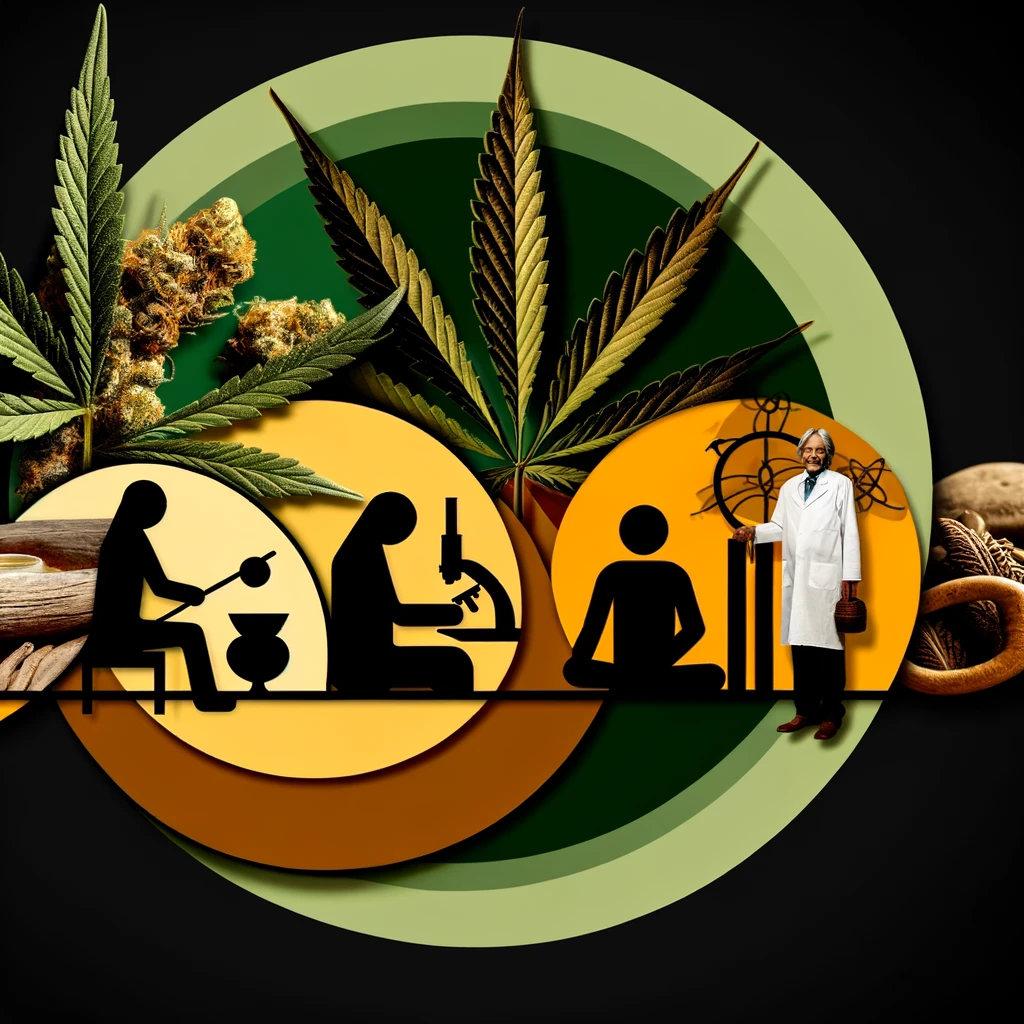A Journey of Rediscovery
The historical use of cannabis in ancient civilizations laid the foundation for its role in modern medicine. In this article, we embark on a journey through time to explore how cannabis, once an integral part of traditional healing practices, transitioned to become a subject of modern research, medical innovation, and changing perceptions.
Ancient Wisdom: Cannabis in Traditional Medicine
Our journey begins by revisiting the ancient civilizations of India, Egypt, Greece, and Rome, where cannabis was celebrated for its therapeutic properties. These early cultures recognized the plant’s ability to alleviate pain, soothe inflammation, and address a wide range of ailments. The knowledge of cannabis’s healing potential was a part of the collective wisdom passed down through generations.
The Arrival of Modern Medicine
With the emergence of modern medicine in the late 19th and early 20th centuries, the focus shifted toward isolating and synthesizing specific compounds for treatment. This marked the beginning of the transition from traditional herbal remedies to modern pharmaceuticals, and cannabis faced increasing restrictions and scrutiny.
Early 20th Century: Cannabis Prohibition
The early 20th century brought about significant changes in the perception of cannabis. The Marihuana Tax Act of 1937 in the United States marked a turning point, imposing heavy regulations on the use and distribution of cannabis. The plant, once revered for its medicinal properties, faced legal challenges that impacted its availability for medical use.
Rediscovery of Medicinal Cannabis
Despite the challenges and legal restrictions, the knowledge of cannabis’s therapeutic potential persisted. In the latter half of the 20th century, voices advocating for the reintroduction of medical cannabis gained traction. Their efforts led to a reconsideration of cannabis in the context of healthcare.
The Birth of Medical Marijuana Legalization
The transition from ancient to modern medicinal cannabis reached a pivotal moment with the legalization of medical marijuana. California’s Proposition 215 in 1996 marked a significant turning point, allowing patients with certain medical conditions to access cannabis for therapeutic purposes. This event initiated a broader movement that led to the legalization of medical marijuana in various U.S. states and, eventually, internationally.
Modern Research and Innovation
With the resurgence of interest in medical cannabis, contemporary research has been unveiling the potential therapeutic applications of cannabis and its compounds. Notably, the discovery of cannabidiol (CBD), a non-intoxicating compound in cannabis, has opened doors to a wide range of potential medical applications. Research is ongoing, exploring the benefits of cannabis in pain management, anxiety reduction, anti-inflammatory effects, and its potential in addressing conditions like epilepsy and multiple sclerosis.
Changing Perceptions
The transition from ancient to modern medicinal cannabis has also led to shifting societal perceptions. Cannabis, once stigmatized, is increasingly recognized as a valuable tool in the medical field. As more patients experience relief from their symptoms and conditions through medical cannabis, the plant is shedding its historical reputation as a mere recreational substance.
The journey from ancient to modern medicinal cannabis is a story of rediscovery, perseverance, and the enduring recognition of nature’s remedies. As we embrace the wisdom of the past and explore new horizons in medical research and innovation, the potential of cannabis as a therapeutic agent continues to be unveiled.

